
Seven decades ago, in the midst of a civil war and at the tail end of the decades-long British Mandate for Palestine, the state of Israel was born. The post-World War II era’s premier powers — the United States and the Soviet Union — recognized the young state at once. Official recognition from many other nations took longer; Spain, for example, did not establish diplomatic relations with Israel until 1986.
Many of Israel’s neighbors, meanwhile, as well as more than a score of other countries around the world, from Afghanistan and Algeria to North Korea, Somalia, Yemen and beyond, have never officially recognized Israel, while others that shared diplomatic relations have, at one time or another, suspended or broken ties completely over the years.
Thus, in the years since its birth in May 1948, Israel — a country roughly the size of New Hampshire — has arguably played a more salient (and divisive) role in international geopolitics than any other non-superpower on the planet. Surrounded by enemies, today and at the hour of its creation, Israel remains what it has to some degree always been: a kind of Rorschach state that assumes myriad shapes for myriad observers — aggressor, defender, usurper, bastion, homeland.
For example, far from being universally celebrated, the period when Israel won its independence — i.e., the era of civil war and of the war against neighboring Arab states after May 14, 1948 — is commemorated by Palestinians as Nakba, or “the catastrophe.” And no wonder, as hundreds of thousands of Palestinians fled or were forced from their homes during, and long after, those wars of the late ’40s. In recent years, the contentious (to put it mildly) issue of Israeli settlements and continued Palestinian displacement on the West Bank has added fuel to what has always been a dangerous, smoldering fire.
In other words, for an awful lot of people around the Mideast and around the world, the intractable “Palestinian problem” might be better characterized as “the Israeli problem.”
In light of this fraught legacy — and the nature of the enmities that have, in large part, come to define the region — long-time Middle East watchers can perhaps be forgiven a certain pessimism when discussing the prospects for a lasting peace from the eastern Mediterranean to the Arabian Sea.
[MORE: See all of TIME.com’s coverage of Israel.]
Here, however, through a series of rare photos — most of which never ran in LIFE magazine — LIFE.com looks back not at the Mideast’s thorny, enduring troubles, but at the immediate aftermath of Israel’s independence. A conflict photographer who made some of the most devastating images to emerge from the Second World War, Frank Scherschel brought to his coverage of Israel’s birth a correspondent’s cool, clear eye, and a storyteller’s ability to find the smaller, quieter narratives amid the ruin and chaos of a war-battered landscape.
For its part, in an article published just weeks after Israel’s official independence, LIFE magazine acknowledged the ancient hopes of the Israelis at the dawn of their new nation, while presciently noting that nothing, nothing at all, was ever likely to come easy to the fledgling, embattled state:
In the deepening dusk on May 14, 1948 — which to them was the 24th day of the month of Iyar in the 5,708th year after creation — the Jews of Palestine gathered n their cities and villages to celebrate the most fateful moment in their history. The British mandate still had eight years to run, but already the last high commissioner, Gen. Sir Alan Cunningham, had retired to the cruiser Eurylas in Haifa harbor. There he sat watching the night creep across he eastern Mediterranean and the twilight envelop yet another fragment of old empire. He was too far offshore to hear the Jews chanting their ancient “Hatikvah” (Song of Hope), but he well knew the words: We have not forgotten, nor shall we forget, our solemn promise. . . .
In the all-Jewish city of Tel Aviv, Prime Minister David Ben-Gurion ended nearly 2,000 years of Jewish longing for a homeland with a great blow of his fist upon the speakers’ table. “The name of our state shall be Israel,” he intoned, and a new nation was born.
Encouragement for the new state was not long in coming. Neither was trouble. Both the U.S. and Russia promptly recognized Israel and thus gave stature to the provisional government. . . .
But as these diplomatic bouquets were tossed, the embittered Arabs threw shells and bombs. From the ring of Arab states around Palestine the long-threatened attack had begun. King Abdullah of [the British protectorate of] Trans-Jordan sent his Arab Legion against Jerusalem and by week’s end had the Jewish defenders compressed into an ever-narrowing sector within the old walled city. Egypt’s planes repeatedly bombed Tel Aviv. Syria, Iraq, Lebanon and Saudi Arabia pitched in — for whatever their scattered efforts might be worth. Israel was born indeed, but the Jews would need of the Shield of David to keep their nation alive.
Liz Ronk, who edited this gallery, is the Photo Editor for LIFE.com. Follow her on Twitter at @LizabethRonk.
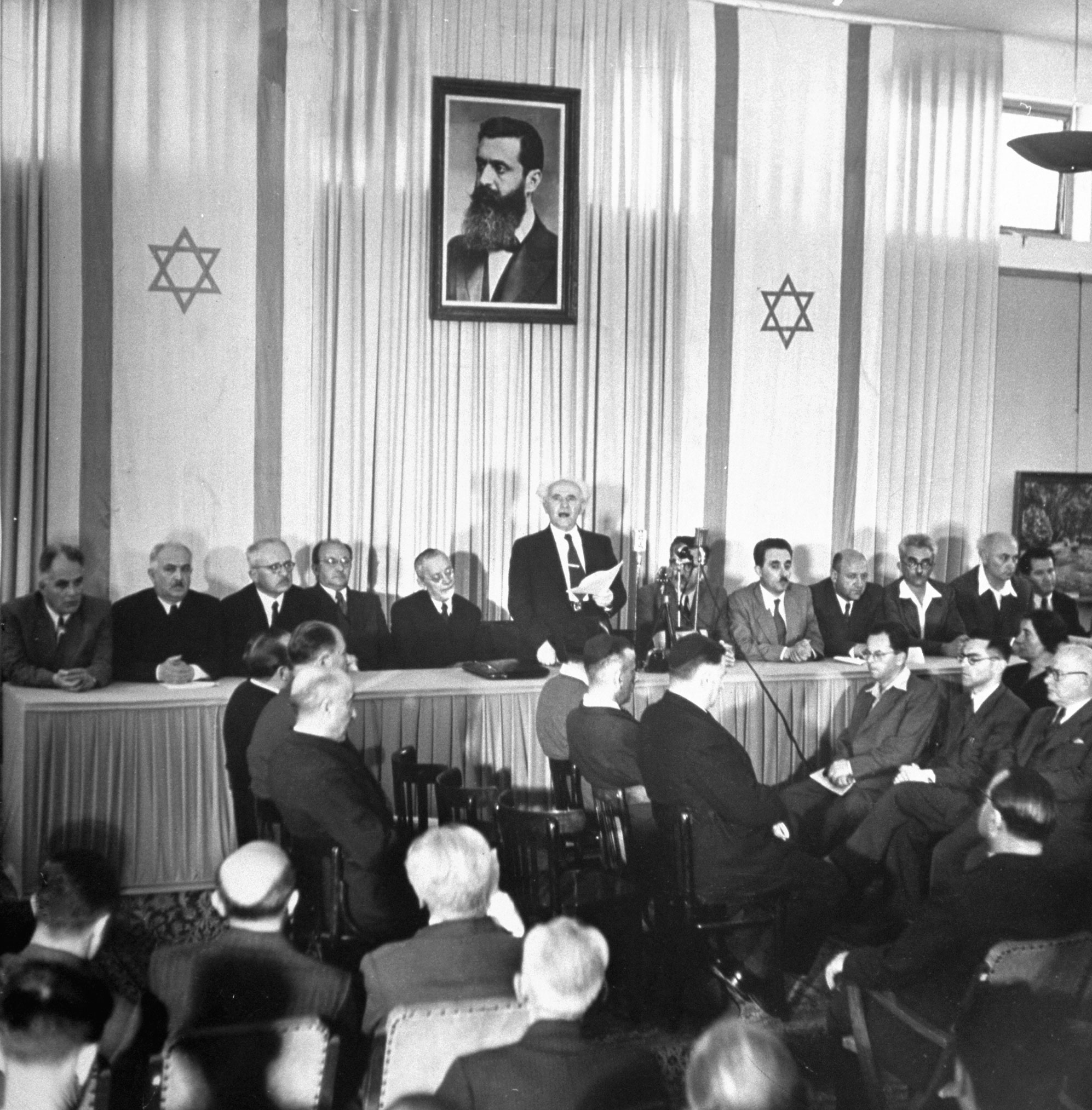





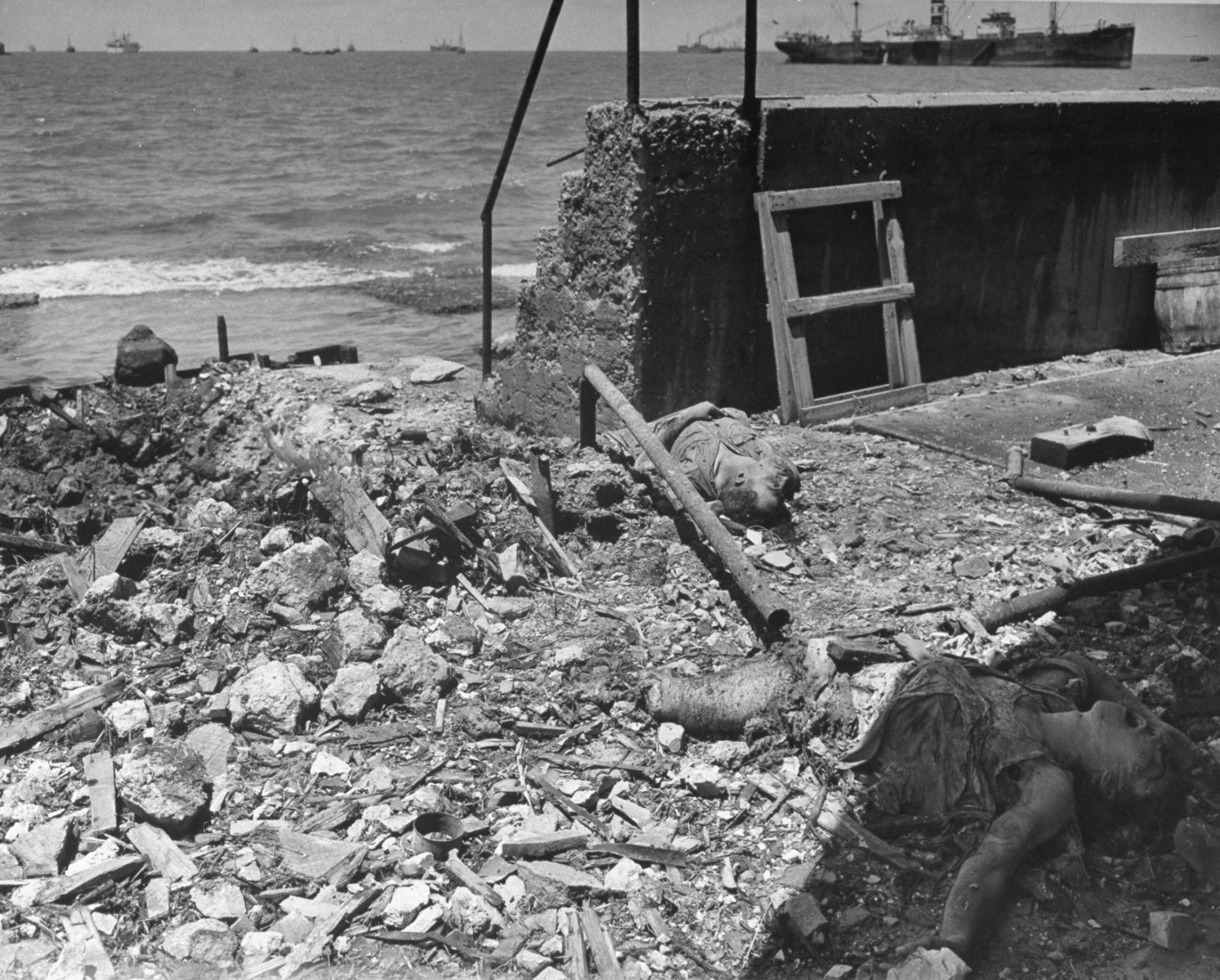
![00687041.JPG Haganah [Jewish paramilitary] soldier examines souvenir from Egyptian Spitfire shot down by Jews on Tel Aviv beach.](https://api.time.com/wp-content/uploads/2013/05/150225-israel-08.jpg?quality=75&w=2400)
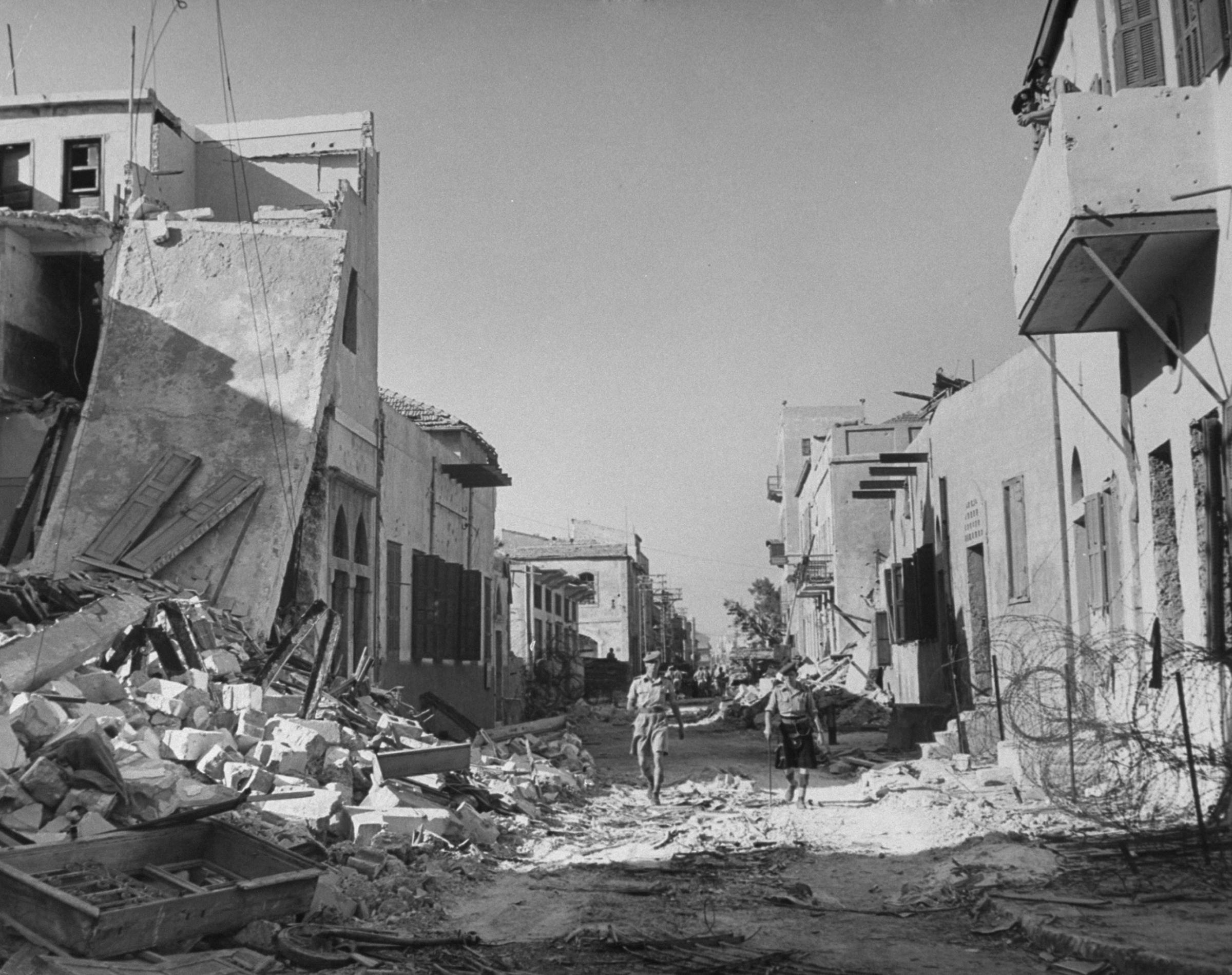
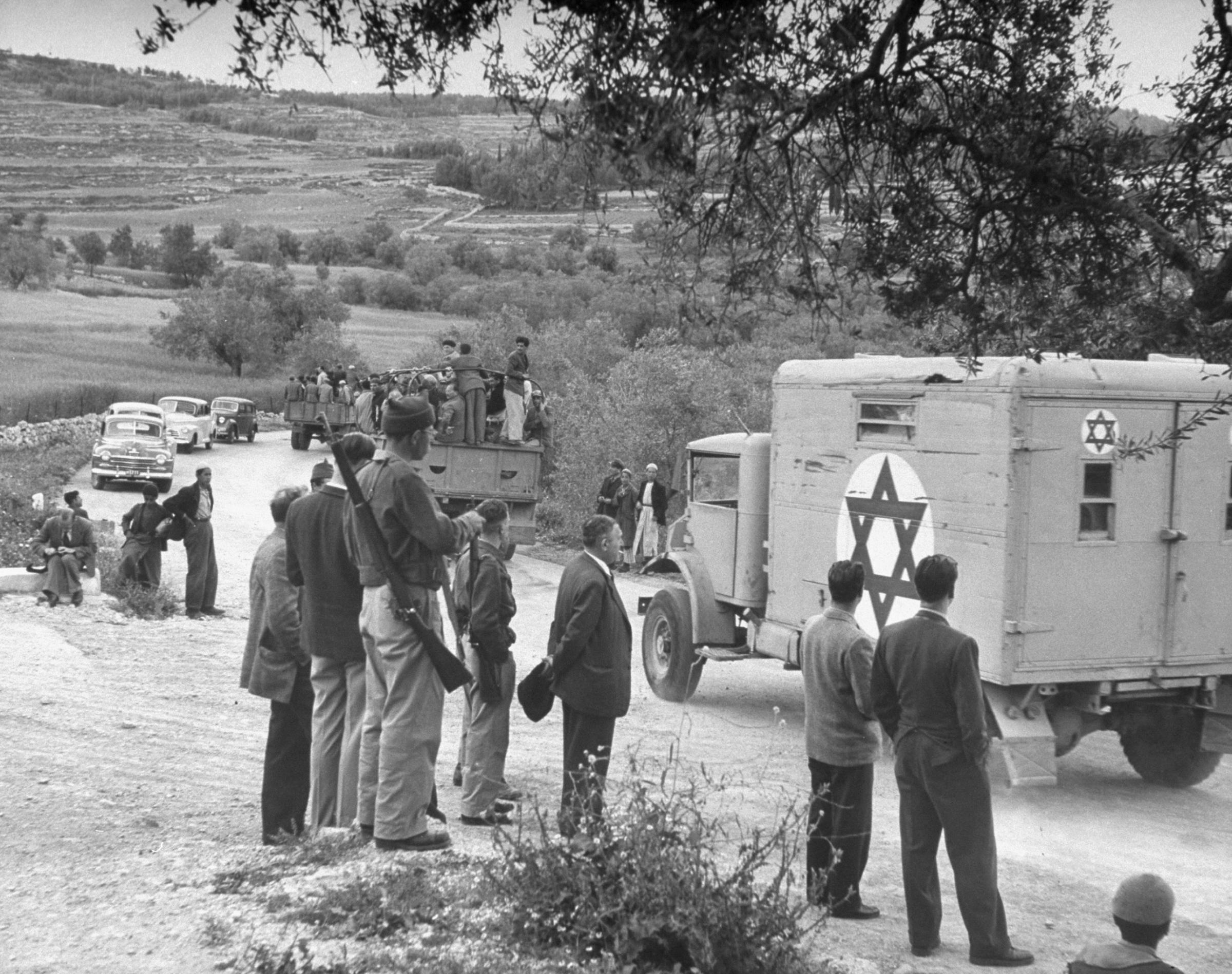
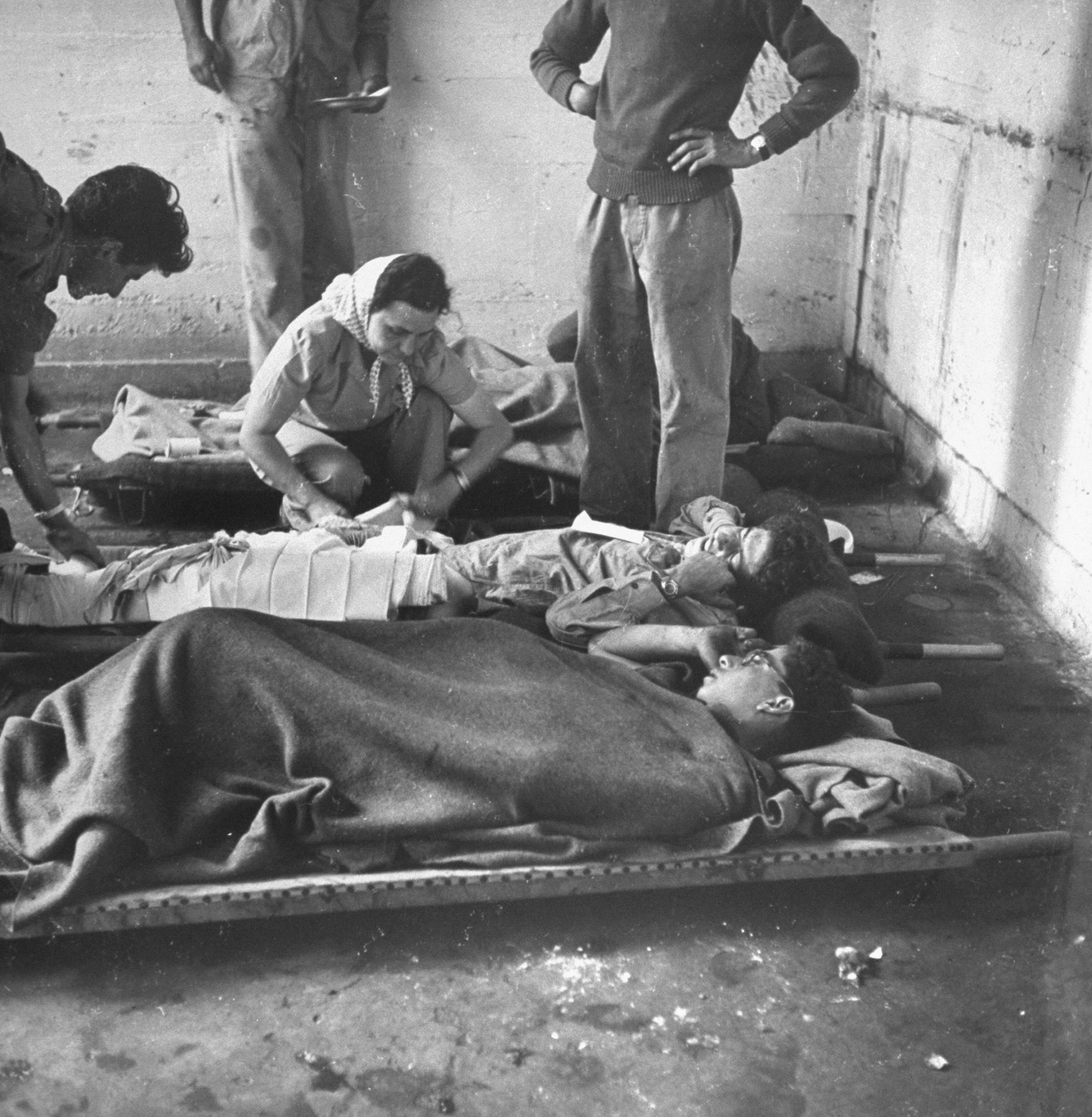
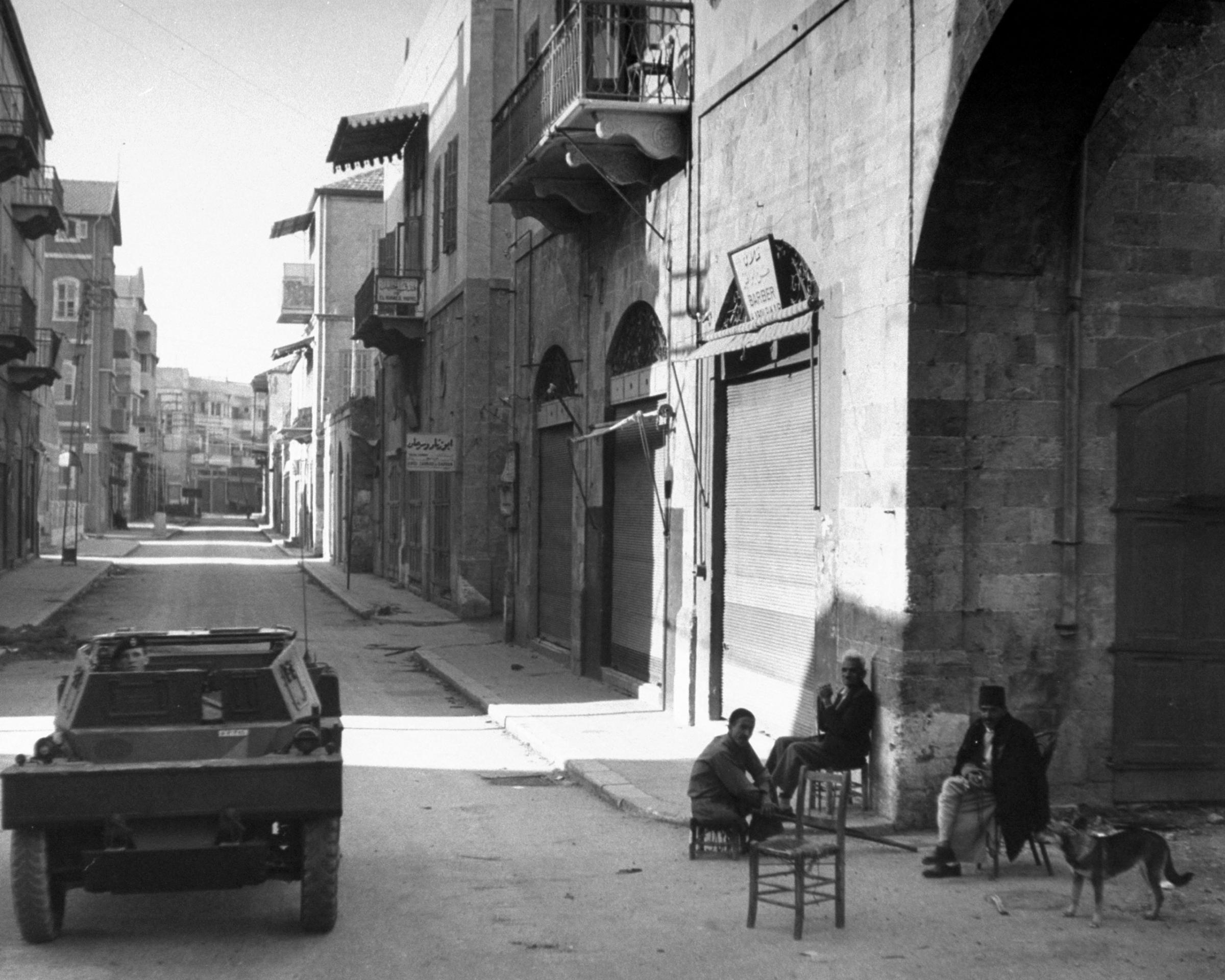




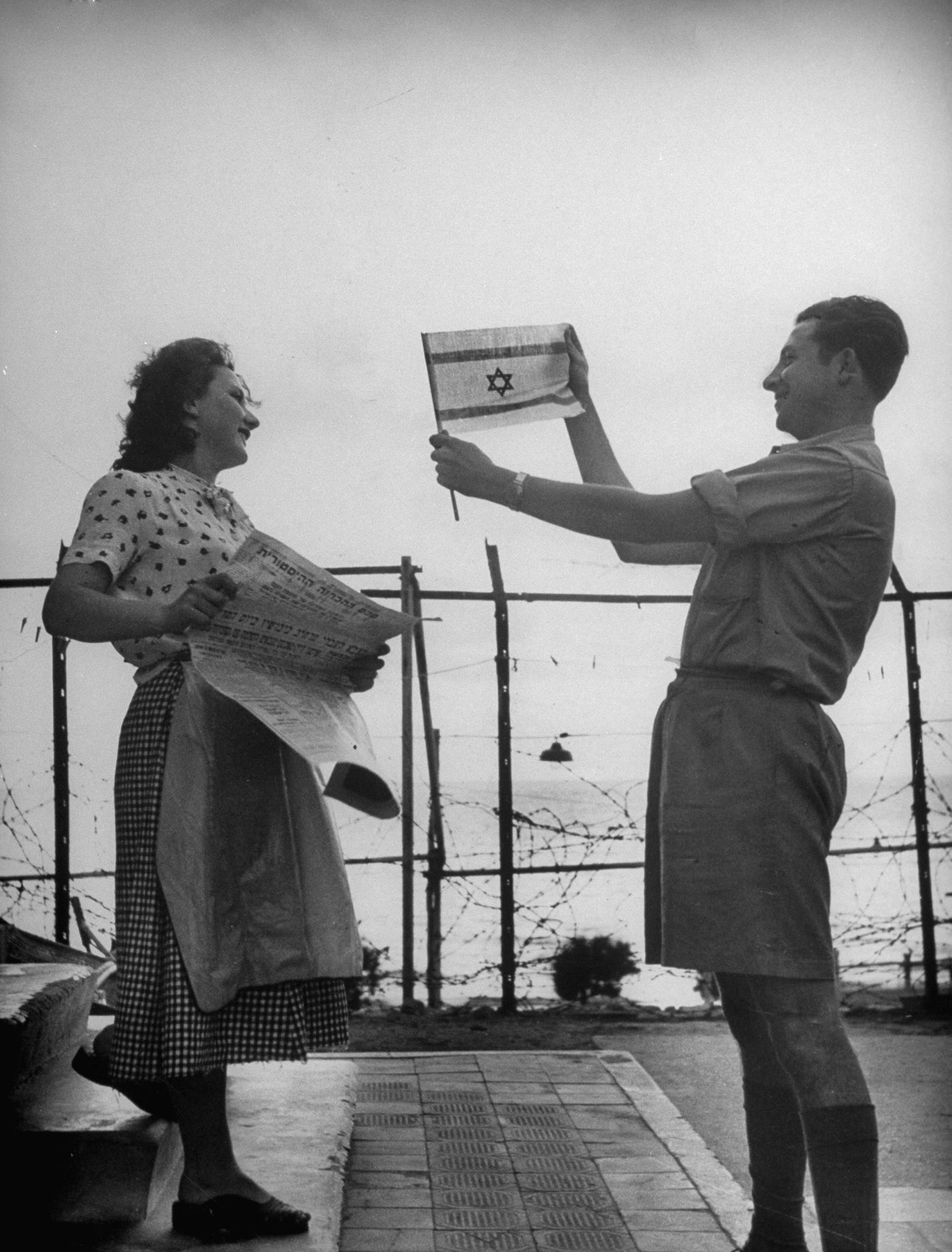
More Must-Reads from TIME
- Cybersecurity Experts Are Sounding the Alarm on DOGE
- Meet the 2025 Women of the Year
- The Harsh Truth About Disability Inclusion
- Why Do More Young Adults Have Cancer?
- Colman Domingo Leads With Radical Love
- How to Get Better at Doing Things Alone
- Michelle Zauner Stares Down the Darkness
Contact us at letters@time.com